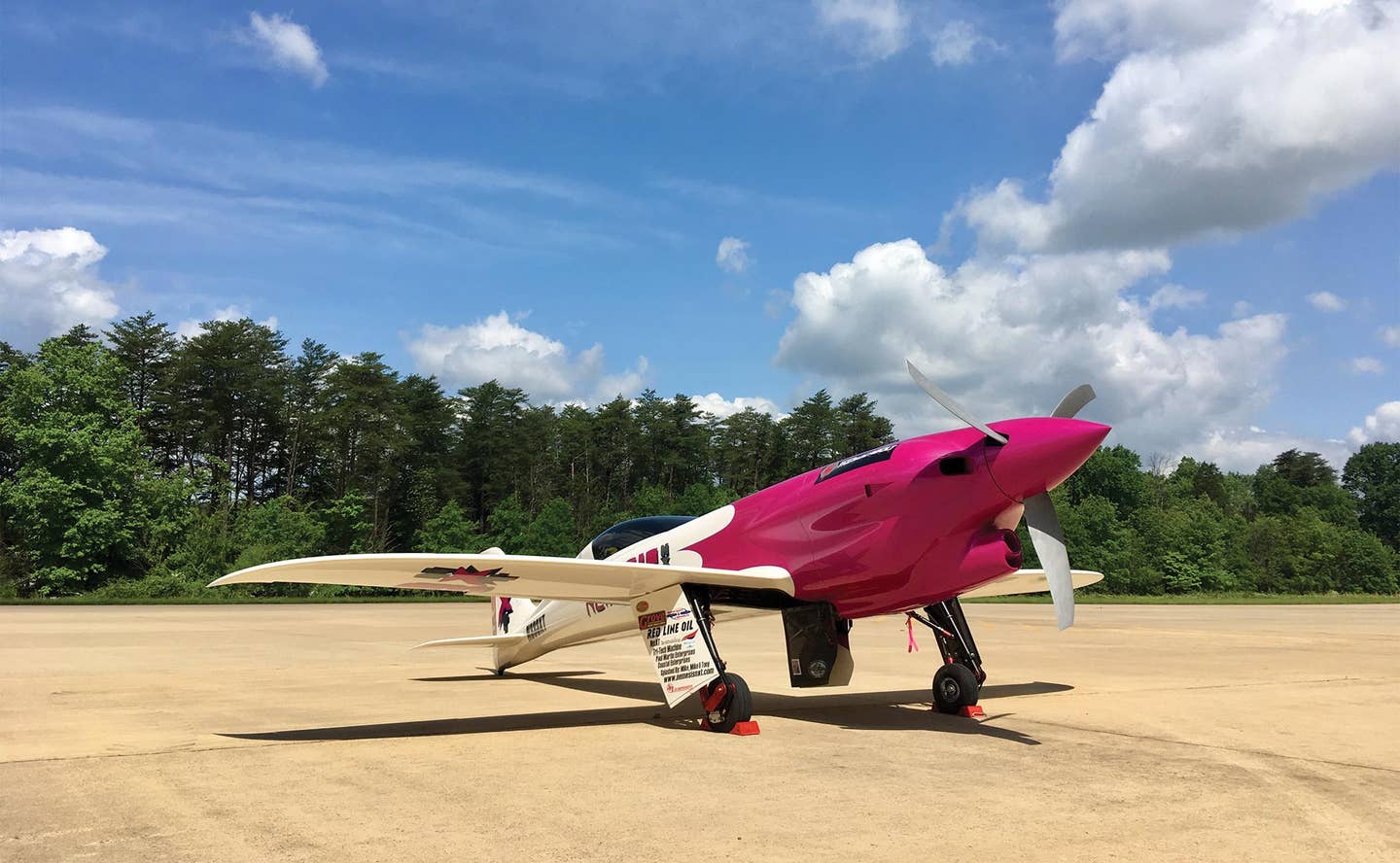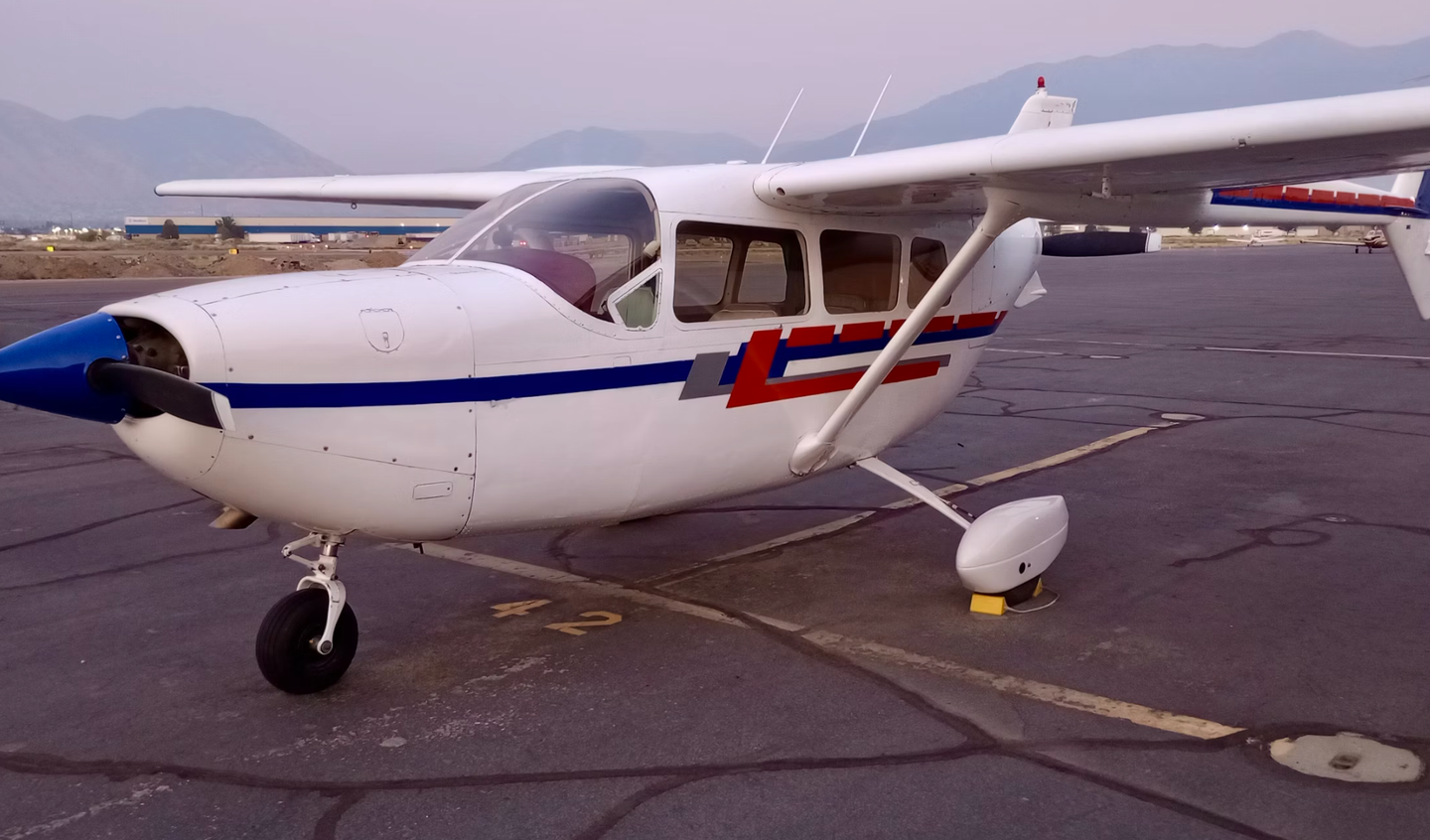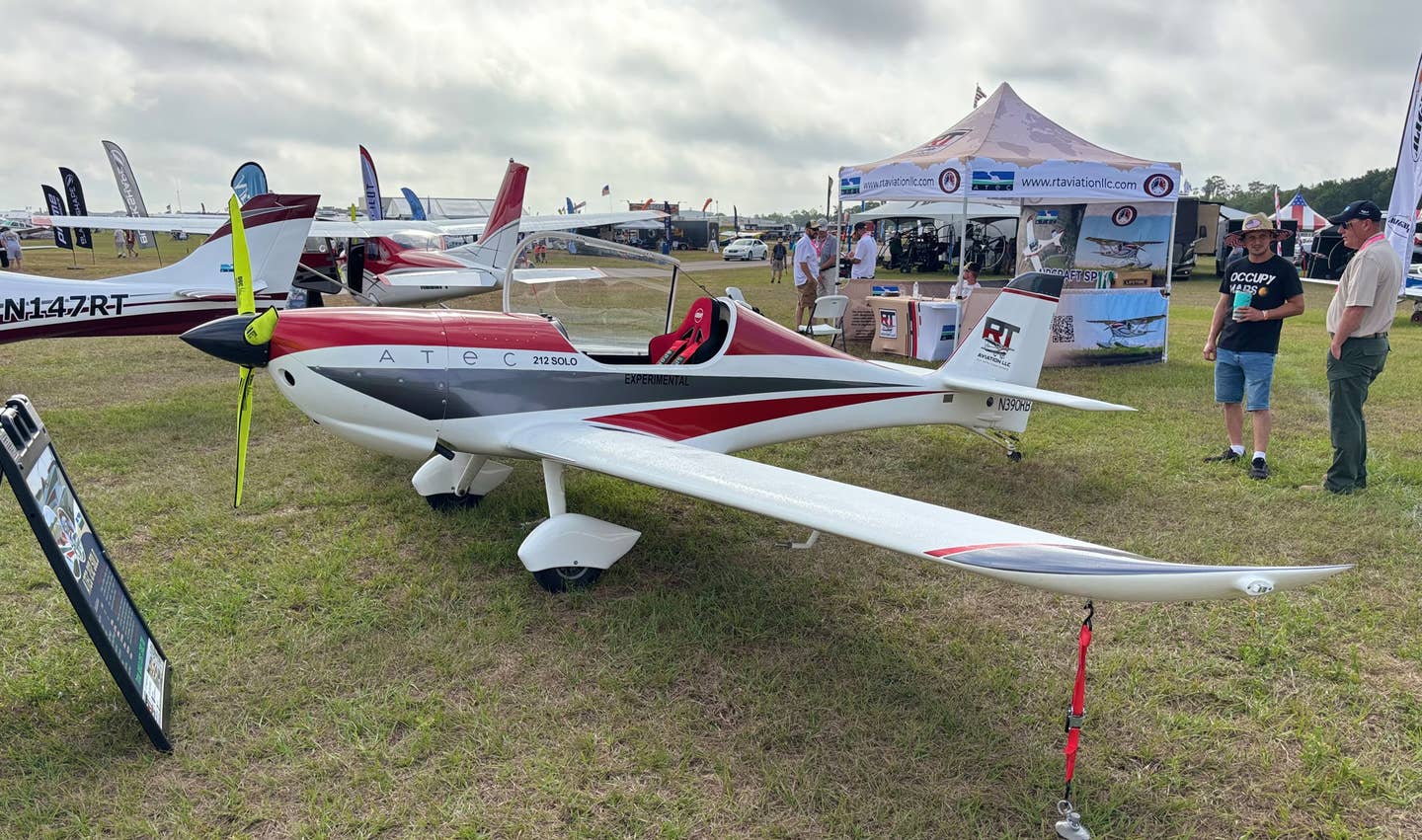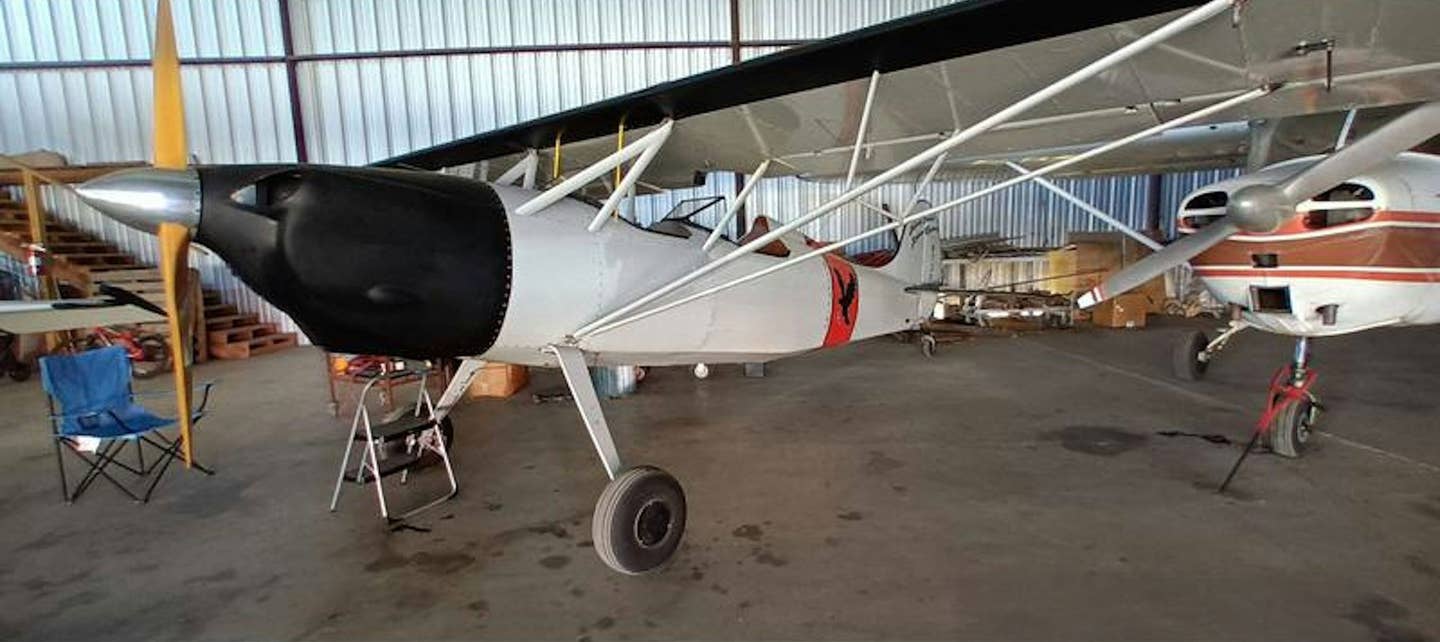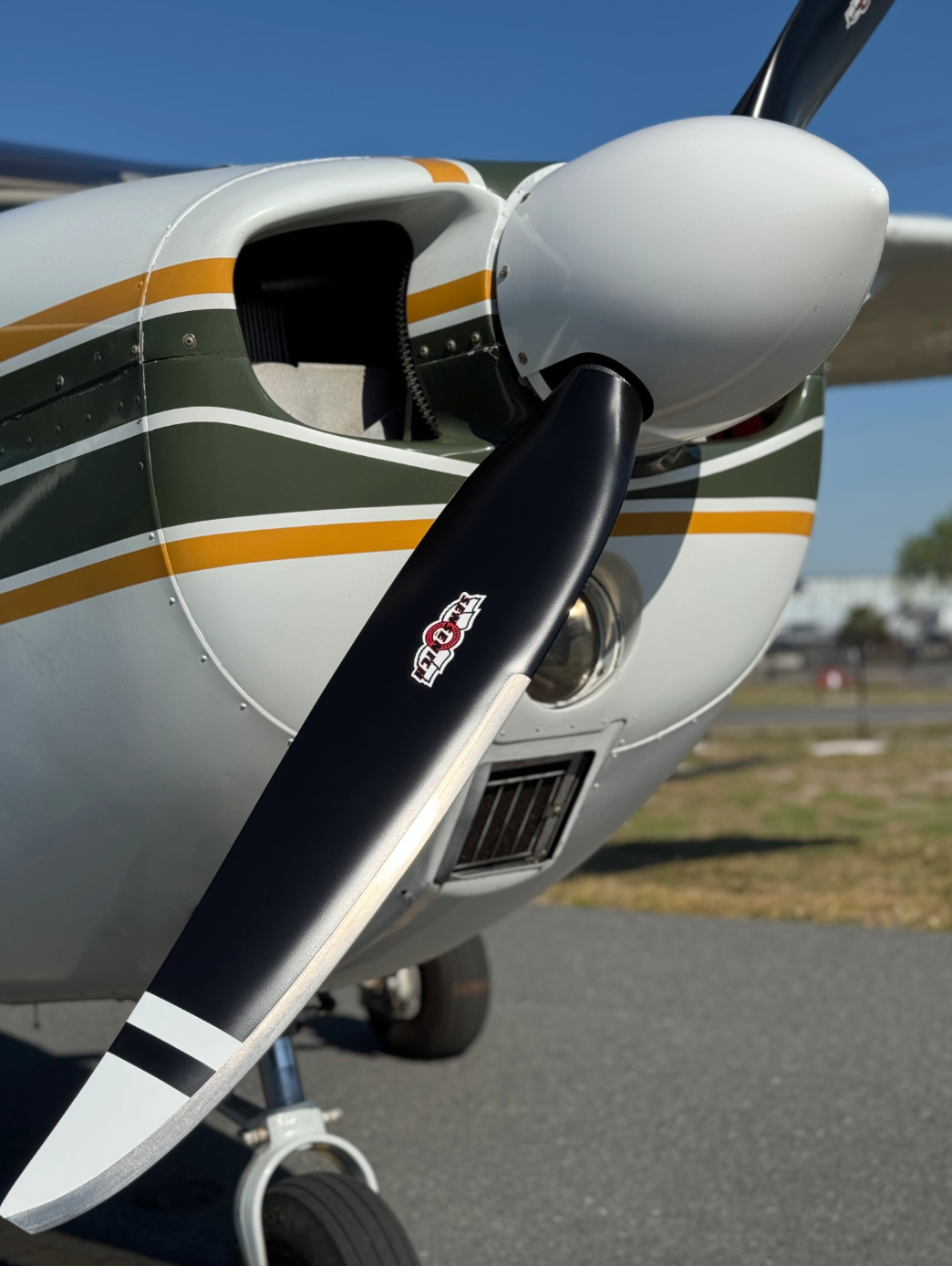McDonnell XF-85 Goblin
The amazing little jet required ‘The Right Stuff’ and a lot more.
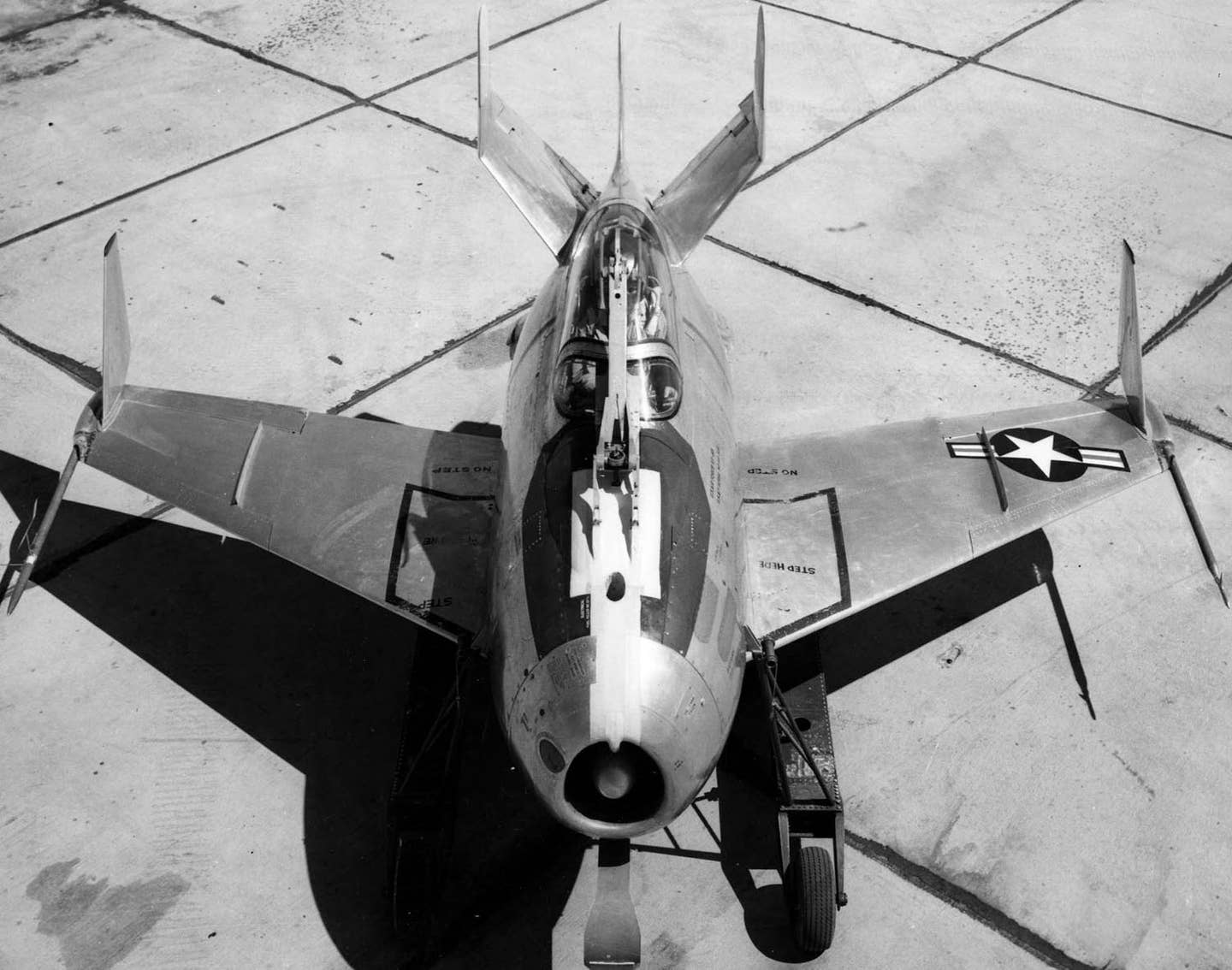
The McDonnell X-85 Goblin was developed from prototype to jet-powered hot rod in no time at all during the Cold War era. (U.S. Air Force photo)
During the early years of the jet age, between the end of World War II and the swinging ’60s, there were very few new ideas that were not worth a try.
While today’s latest jet fighter, the Lockheed Martin F-35 Lightning II, has taken more than 20 years to bring to life, in those days it was not uncommon to go from radical idea to flying prototype in no time. One of the most amazing products of this period was the diminutive McDonnell XF-85 Goblin.
To understand the genesis of this little jet-powered hot rod, let’s understand the problem that faced the U.S. Air Force immediately following WWII.
When the 8th Air Force’s B-17 Flying Fortresses and B-24 Liberators began bombing Germany in 1943, they suffered heavy losses because fighter planes could not escort them all the way to their targets. The solution was found in mating the legendary Rolls-Royce Merlin engine with the North American P-51 Mustang. Suddenly, the Allies had a fighter with the range to do the job.
However, as the war progressed, the range of bombing aircraft like the B-29 Superfortress doubled, and long-range fighter development worked hard to keep pace. By the end of the war, the immense Consolidated B-36, with its 10,000-mile range and 20-hour missions, was on the horizon, and the Air Force needed an escort fighter to match.
After some soul-searching and scientific inquiry, a seemingly radical idea emerged. Why not take the fighter along in the B-36’s cavernous bomb bay and launch it when enemy fighters approached? When it returned to the bomber, it could be refueled, rearmed, and ready for the next attack. Actually, this was not such a new idea after all.
Back in the 1930s, the heyday of the dirigible, the U.S. Navy had equipped both the USS Akron and Macon airships with a hangar deck and trapezes to carry and launch Curtiss F9C Sparrowhawk fighter planes. This operation was carried out routinely with the little fighters launching from the airship, flying their mission, and then hooking up on a trapeze that lifted them inside the hull.
After WWII, aviation legends like Chuck Yeager and the Bell X-1 were routinely carried aloft underneath B-29 and B-50 Superfortress “motherships” and launched into the stratosphere on their supersonic flights. However, these X-planes, having consumed all their fuel, were spared the chore of reconnecting with the mothership after the flight.
So, what kind of airplane might fill the bill?The McDonnell Aircraft Company produced a design that fit entirely within the aft bomb bay of the B-36. It was so compact that it left room for an additional fuel tank and a load of bombs in the other two sections.
The “Model 27,” as it was originally called, was powered by the experimental Westinghouse J34 jet engine, which produced 3,000 pounds of thrust. The pilot sat on top of the engine in an ejection seat, like a cowboy astride a bucking bronco. As we will see, this was a fairly accurate description.
Its five tail surfaces, one vertical, two angled, and two ventral, fit neatly within the B-36 bomb bay and featured ruddervators similar to a contemporary V-tail Bonanza. The wings folded upward at the wing root and featured a radical for the time 37 degrees of sweep. McDonnell engineers managed to shoehorn 112 gallons of jet fuel into this 14-foot-long, 8-foot-high, and 21-foot-wide (wings extended) package. This gave the Goblin a combat endurance of 30 minutes, equivalent to today’s required VFR fuel reserve. To top it off, the Goblin sported four 50-caliber machine guns, a large retractable hook, and no landing gear.
Test pilots have always required “The Right Stuff,” but during the late 1940s and early ’50s, they routinely risked their lives to expand the envelope. The task of testing the XF-85 Goblin fell to WWII Navy veteran and ace McDonnell test pilot Ed Schoch. Engineers modified a B-29 with the trapeze launch and recovery system. And after three captive-carry flights, Schoch attempted the first powered flight.
The little fighter was released from the mothership and successfully completed a series of low- to medium-speed flight maneuvers. When away from the B-29, the Goblin was reasonably stable, maneuverable, and quick. However, with fuel running low, a considerable understatement, it was time to hook back up to the mothership. The first two attempts went reasonably well until the Goblin got close to the B-29, then the violent propwash, combined with the sensitive control response from the short-coupled XF-85, made things challenging.
During the third attempt, the Goblin and B-29 trapeze came together violently, shattering the XF-85’s canopy and tearing off Schoch’s helmet and oxygen mask. In a feat of incredible airmanship, he immediately began an emergency descent and landed the Goblin prototype on Muroc Dry Lake in California. A belly skid had been installed for the test.
Once flight testing resumed, the XF-85 took to the air once again with Schoch at the controls. The results were mixed at best.
During the next six flights, he managed to make three successful hookups and three emergency belly landings. The interrelated aerodynamic effects caused by flying the short-coupled XF-85 under the turbulence-inducing B-29 was just too much for even a “Golden Glove” test pilot. The XF-85 Goblin program was canceled in 1949 after just seven flights.
Having survived the XF-85 flight test program, Schoch continued his legendary career as one of McDonnell’s top test pilots. Sadly, he was lost two years later in 1951, testing another new envelope-pushing design. A test pilot’s life was, at best, a risky one.
Due to their diminutive size, both prototypes were saved from the smelter and put into storage. Today, one resides at the National Museum of the United States Air Force in Dayton, Ohio, and the other at the Strategic Air Command & Aerospace Museum just west of Omaha, Nebraska.
Eventually, other brave test pilots solved the problem of aerial refueling, which fixed the fighter range conundrum.
Yet, despite the Goblin’s failure to achieve its goals, we must admire the creativity of the post-WWII aviation industry and the courage of test pilots like Schoch, who had an abundance of “The Right Stuff.”
Hats off to all who dared to build and fly this Incredible Plane.

Subscribe to Our Newsletter
Get the latest Plane & Pilot Magazine stories delivered directly to your inbox

